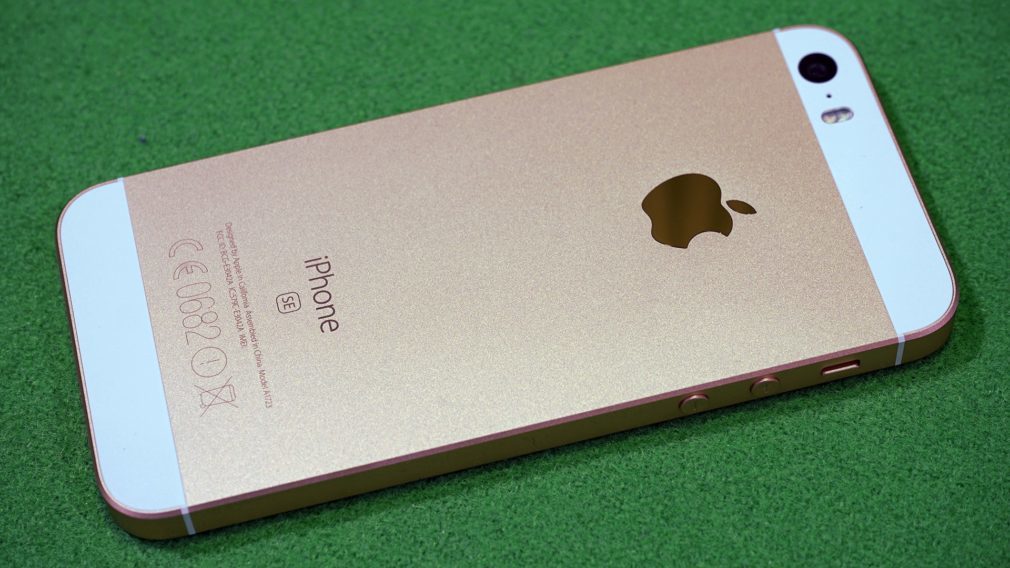Apple’s new flagship smartphone have been accepted with great gusto in India, boosting its growth trajectory in the world’s second largest smartphone market.
As per reports for Q3 which ended in September, Apple has been crowned as India’s most popular premium smartphone brand, leaving it with a 51.3 percent market share in the INR 35,000 and above price segment.
This is the second quarter in continuation, where iPhone has bagged the number one spot in the market which before too long, was popularly dominated by Samsung and OnePlus.
International Data Corporation stated:
In the premium segment, Apple continued to dominate with a market share of 51.3 per cent in 3Q19, on the back of affordability offers and price drops on previous generation models like the iPhone XR, iPhone 8 and iPhone 7 (128GB), along with the newly-launched iPhone 11/Pro series.
As per Upasana Joshi, Associate Research Manager, Client Devices, IDC India, Apple’s success largely lies in the $750-$850 segment, which is widely accepted by India’s price conscious consumer base, as the company still struggles to create similar demand in the $1000 and higher segment.
To continue this momentum, Apple would require more play in terms of product placement in $700 and above segment accompanied by heavy promotional activities and attractive offers during the upcoming festive quarters.
We expect the smartphone market to see only mid-to-high single digit YoY growth for the year 2019. This can be attributed to a strong undercurrent of passive consumer sentiment and muted shipments in the last quarter of the year due to a record 3Q19 when channel stock levels went up.





